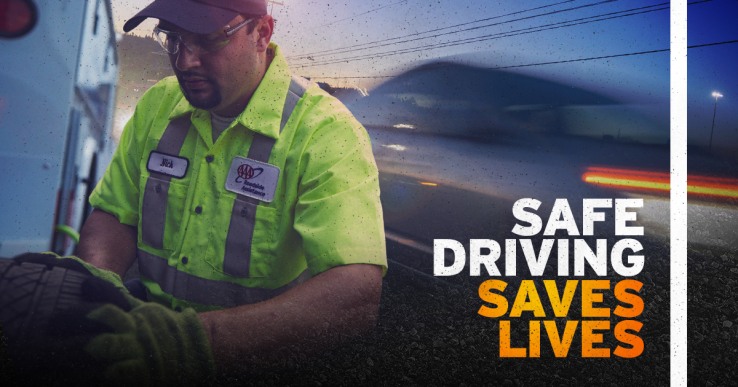AAA – Safe Driving Saves Lives
Previous research conducted by the AAA Foundation for Traffic Safety has revealed a concerning trend: the number of roadside assistance providers struck and killed by vehicles is increasing at a faster rate than overall traffic fatalities. Between 2015 and 2021, at least 123 roadside assistance providers tragically lost their lives in such incidents in the U.S.
The study also shed light on the demographics of the drivers involved in these incidents, with 72% being men and 28% being women. Nine drivers were never identified due to limited reporting or the driver fleeing the scene. The age range of the drivers varied significantly, with the youngest being 17 years old and the oldest being 80. Most of these incidents occurred at night, with nearly two-thirds happening in darkness, mostly at unlit locations. Nine in ten of these tragedies occurred on Interstate highways or other high-speed roads with speed limits of 55 mph or faster.
Additionally, in 84% of the 123 crashes examined, the road was dry and reported as clear or cloudy without precipitation. In nearly two-thirds of these crashes, the driver left their travel lane or drove off the road altogether before striking the fatal impact. These factors point to the driver likely engaging in dangerous behaviors such as speeding, distraction, impairment, or being drowsy.
Engaging in risky driving behaviors such as speeding, texting, driving while drowsy or distracted, or driving under the influence of cannabis or alcohol significantly increases the risk of a collision.
To promote driver safety and save lives, AAA is calling on drivers to pledge to obey speed limits, avoid distractions, drive sober, and stay alert when approaching emergency vehicles, tow trucks, and stopped vehicles on the side of the road.
Help AAA protect roadside workers and improve highway safety by committing to:
- Never drive impaired or drowsy – always find a safe ride.
- Always drive at the posted speed limit, remain alert, and avoid all distractions while driving (put down the phone!).
- Watch for situations where emergency vehicles, tow trucks, utility service vehicles, or stopped vehicles are on the side of the road.
- On a two-lane roadway, slow down when approaching any stopped vehicle and proceed with caution unless otherwise directed by an emergency worker on the scene. Some states require or recommend slowing down to a speed that is 10-20 mph less than the posted speed limit.
- On multi-lane roadways, slow down when you see the flashing lights of a stopped vehicle at the roadside and, if possible, move over into an adjacent lane.
- If you cannot switch lanes, slow down to a speed that is safe and reasonable. Some states require or recommend slowing down to a speed that is 10-20 mph less than the posted speed limit.

